Ballad of the End: zine
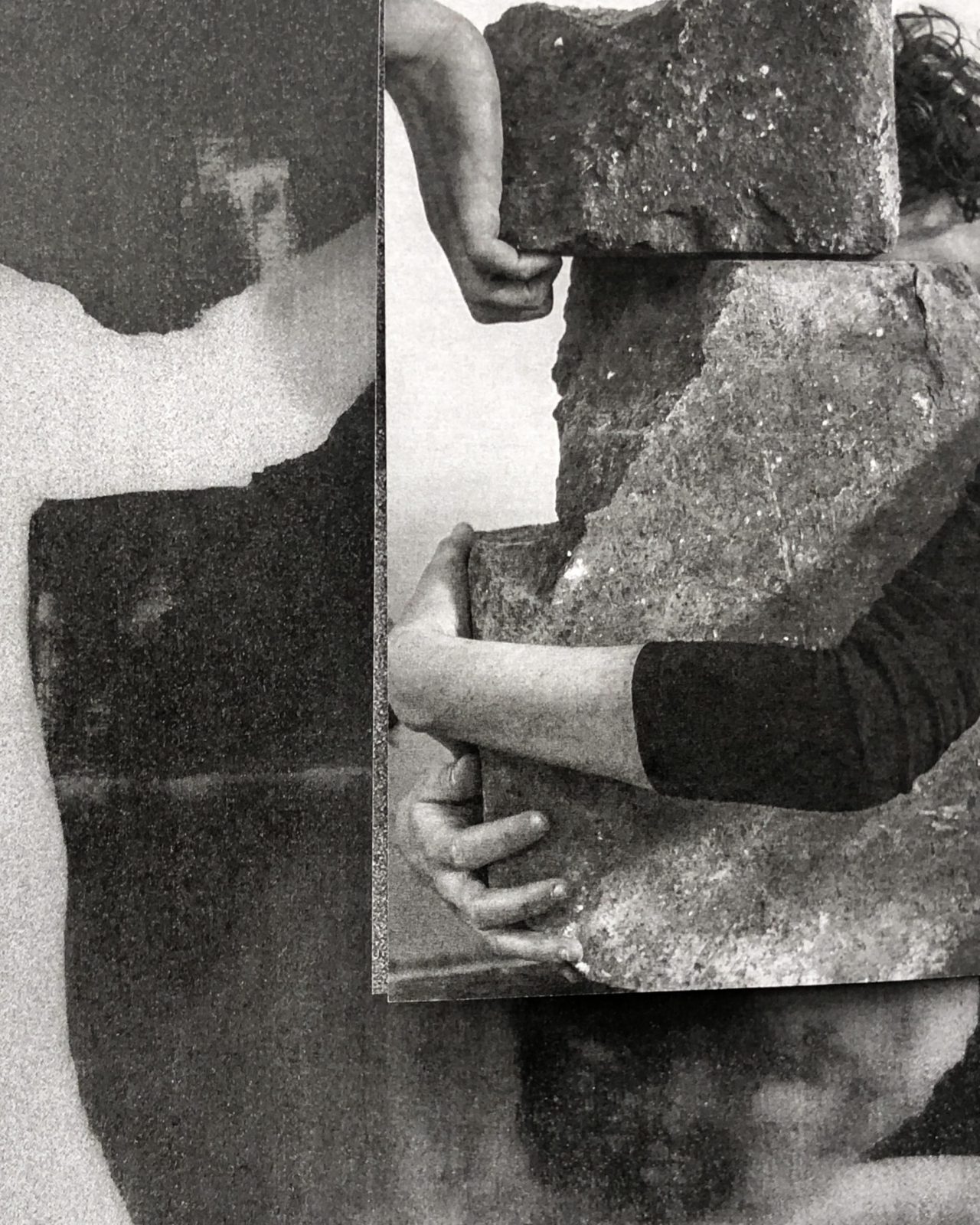
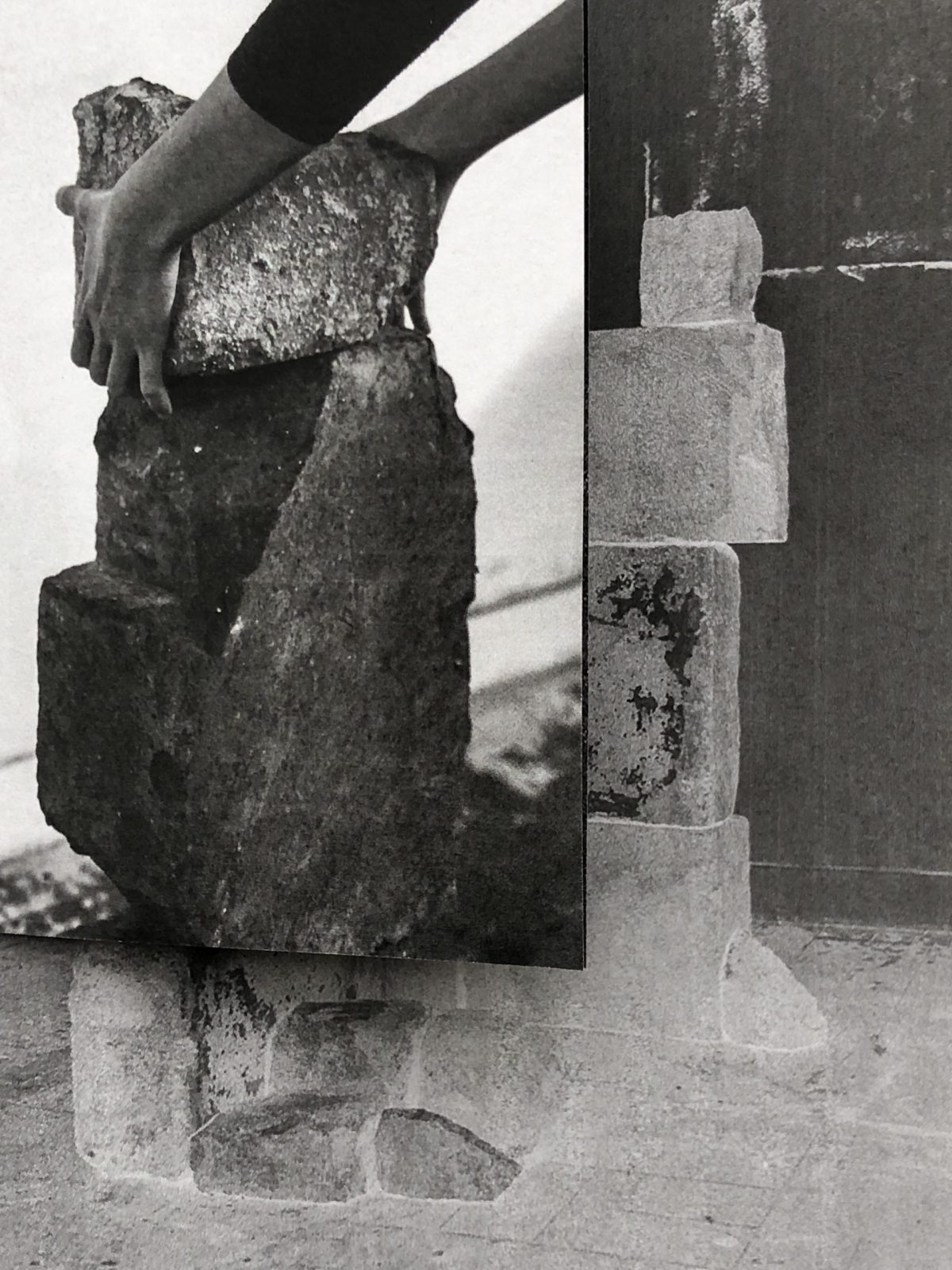
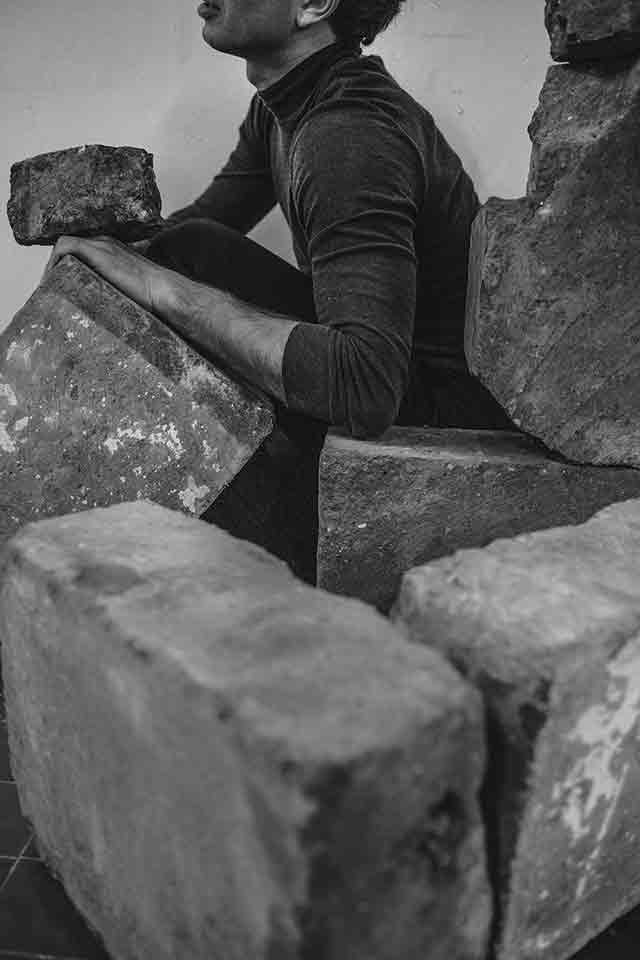
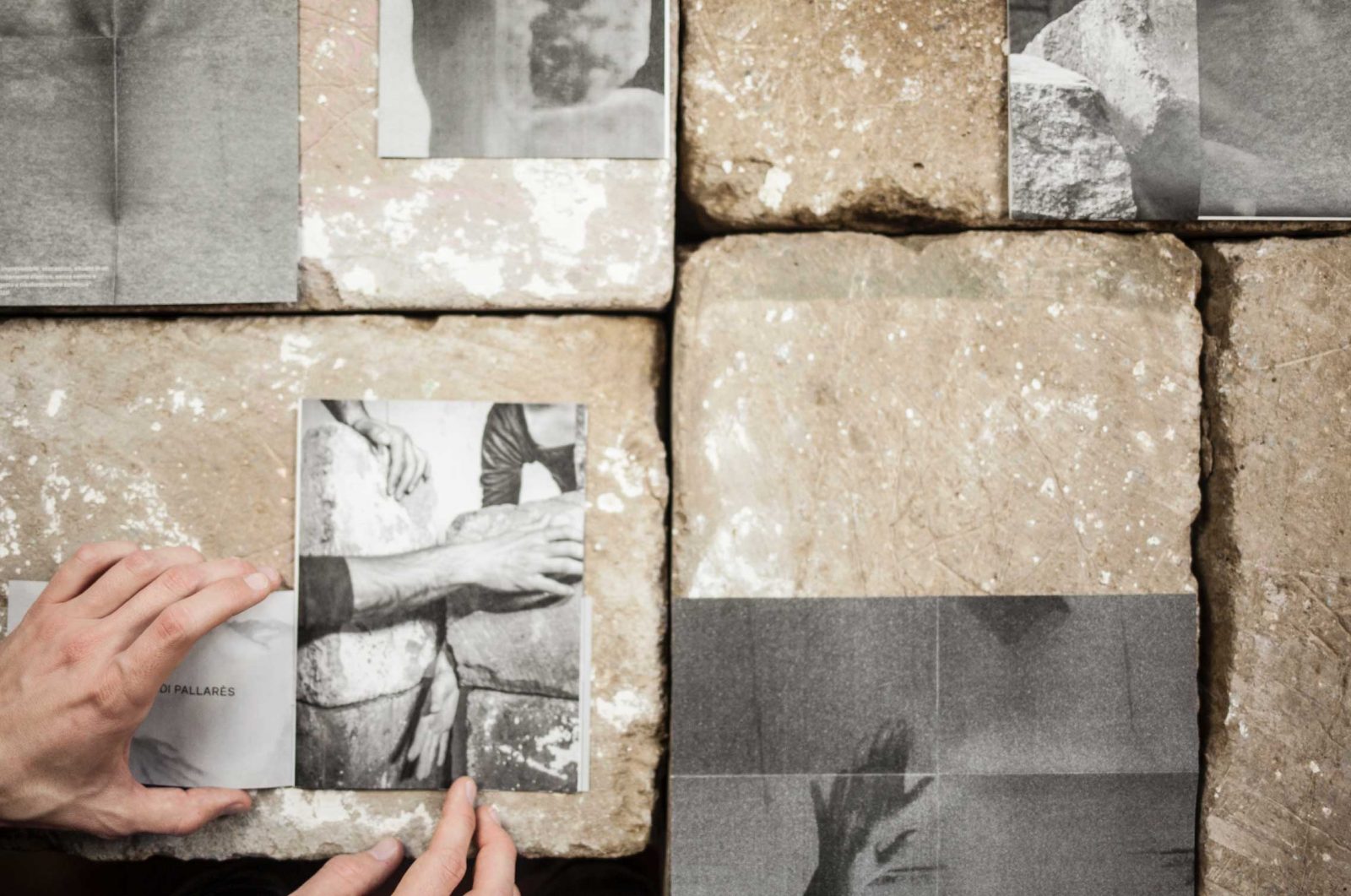
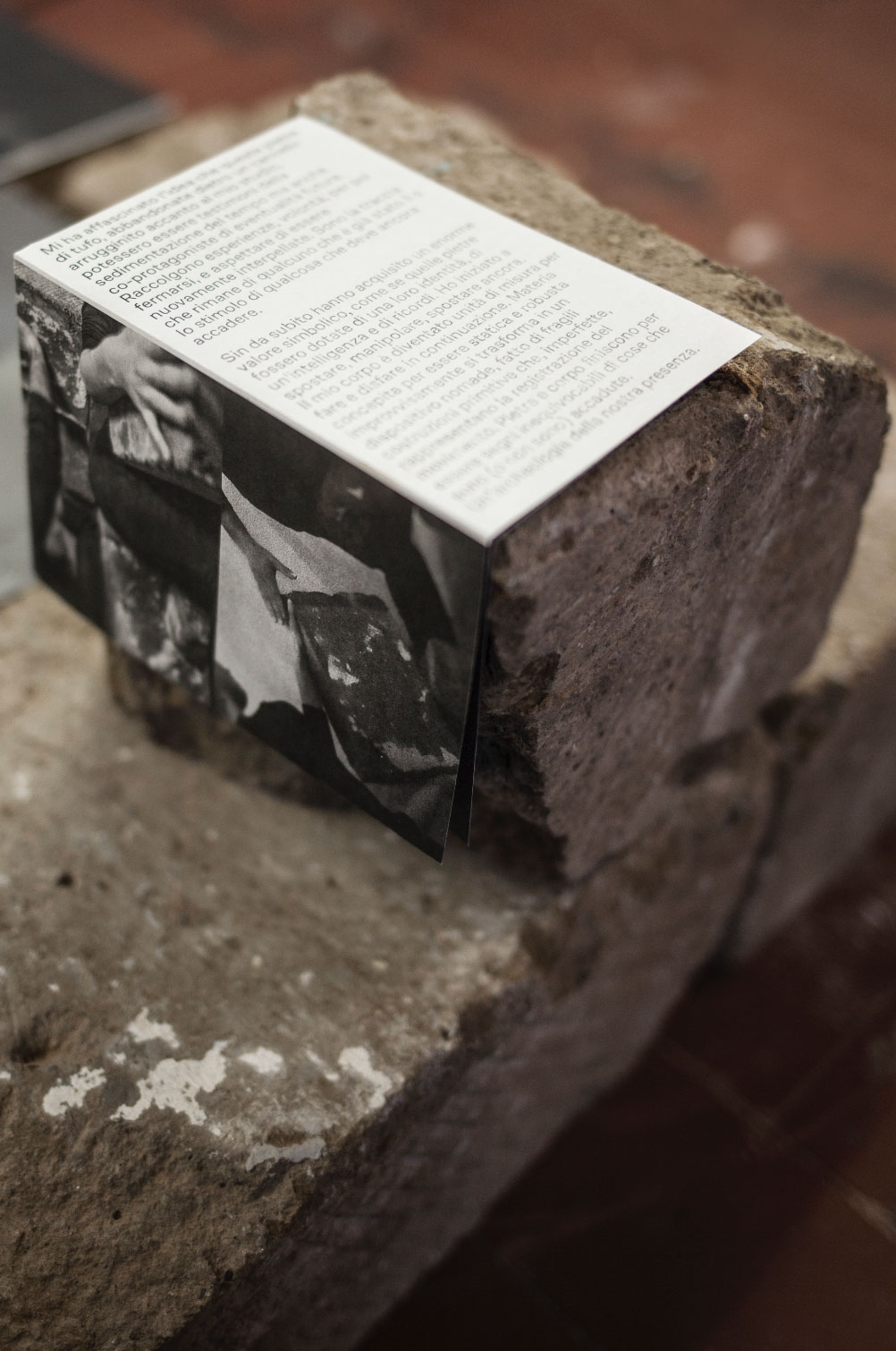
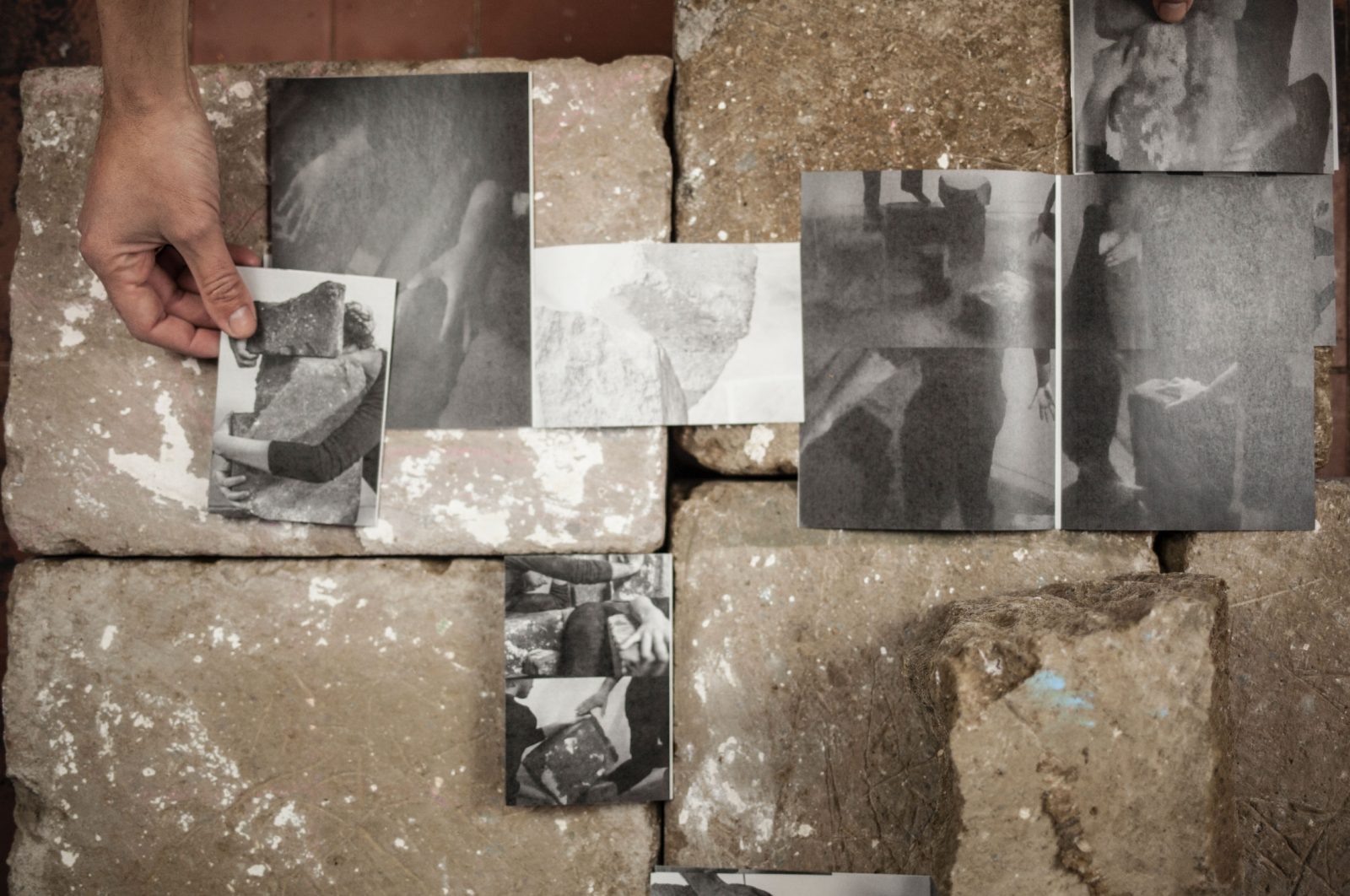
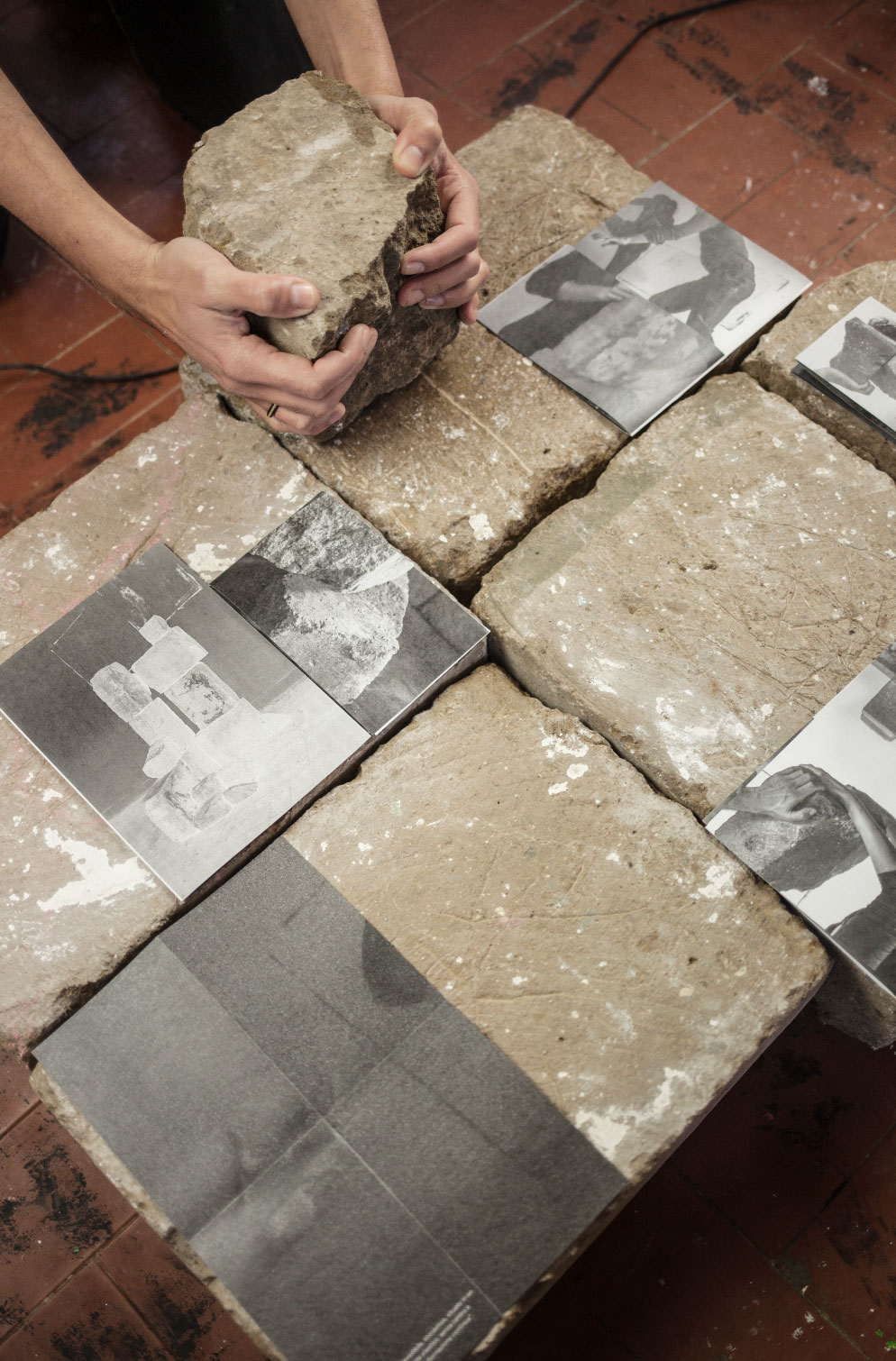
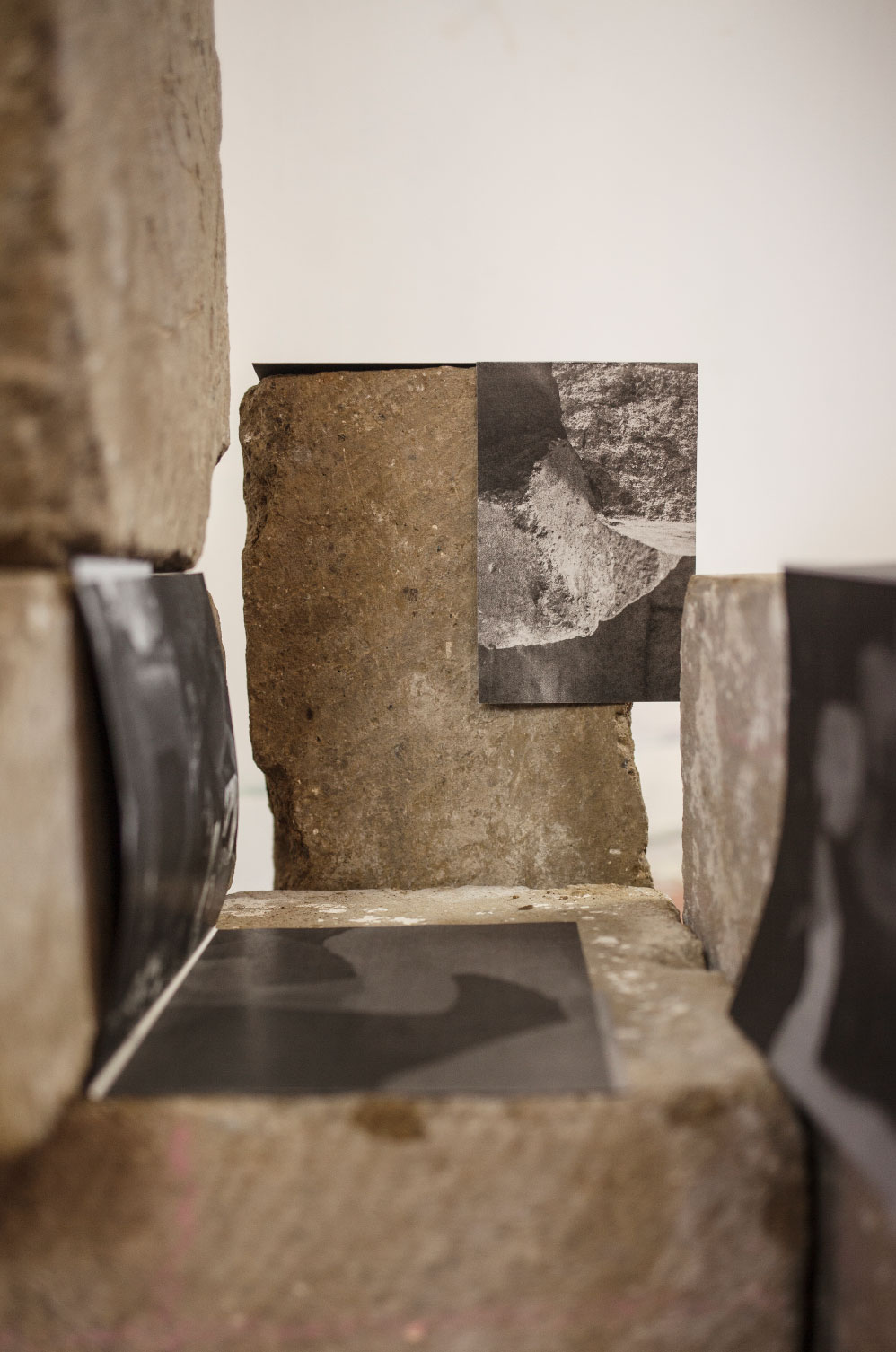
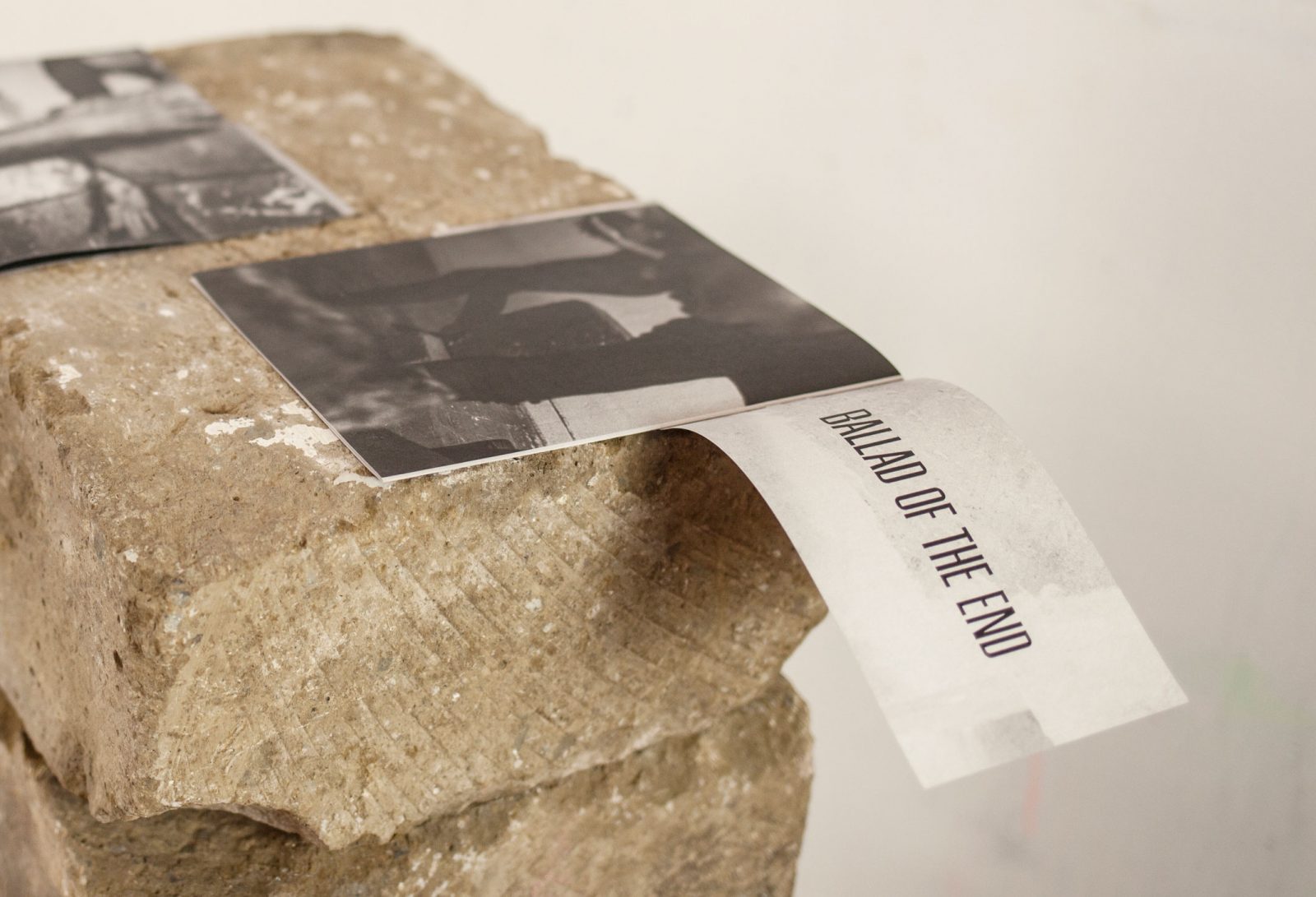
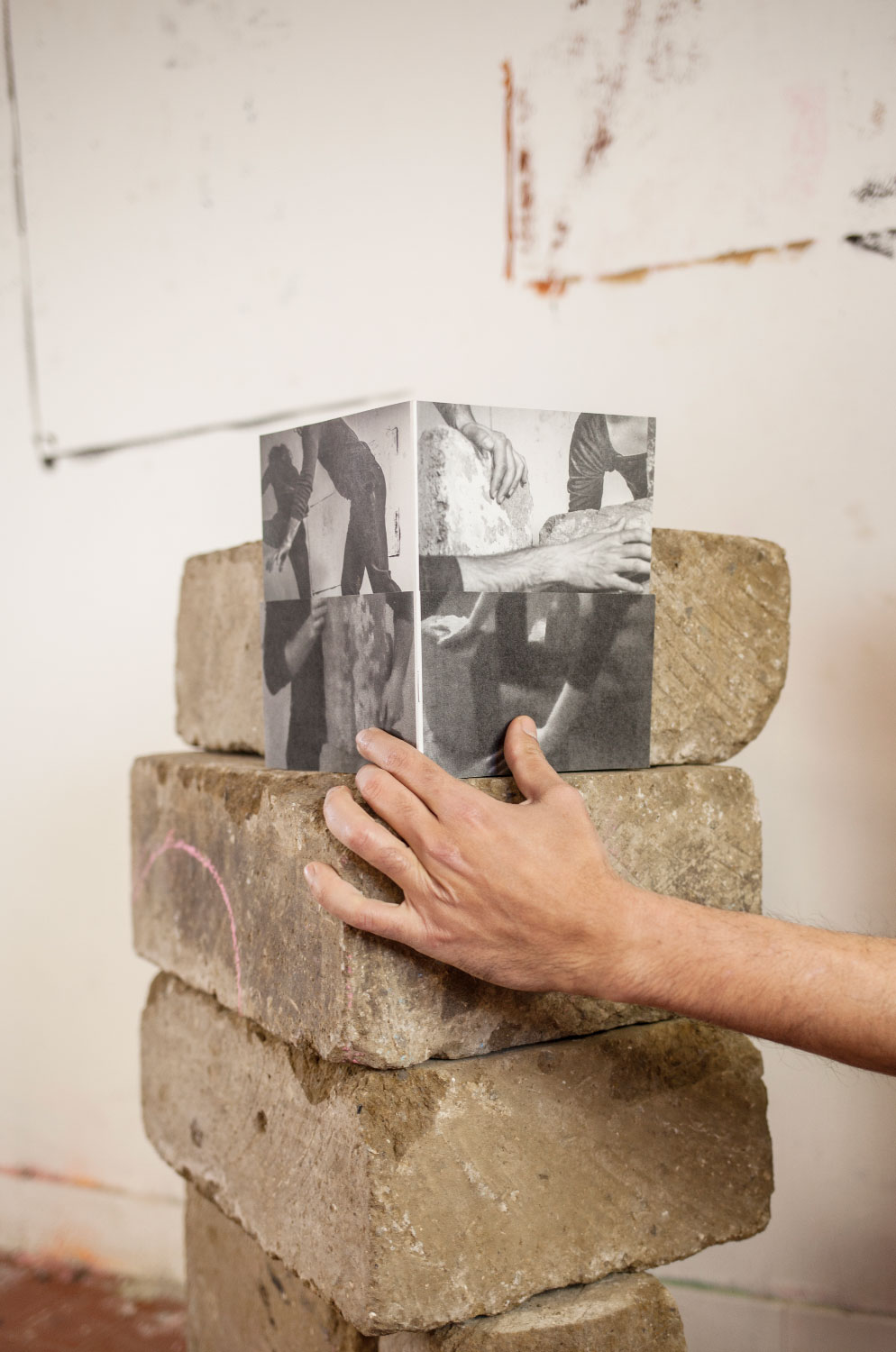
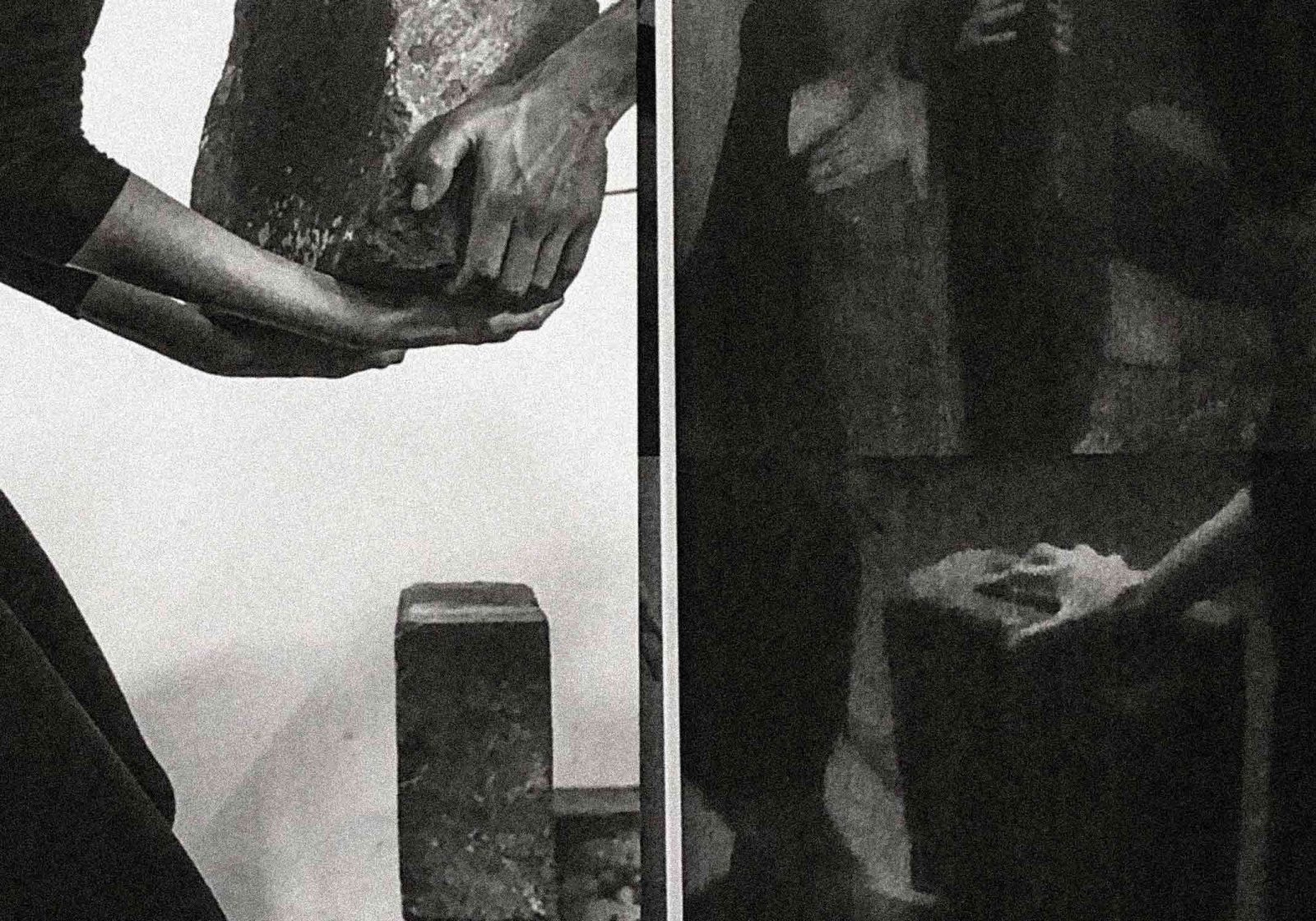
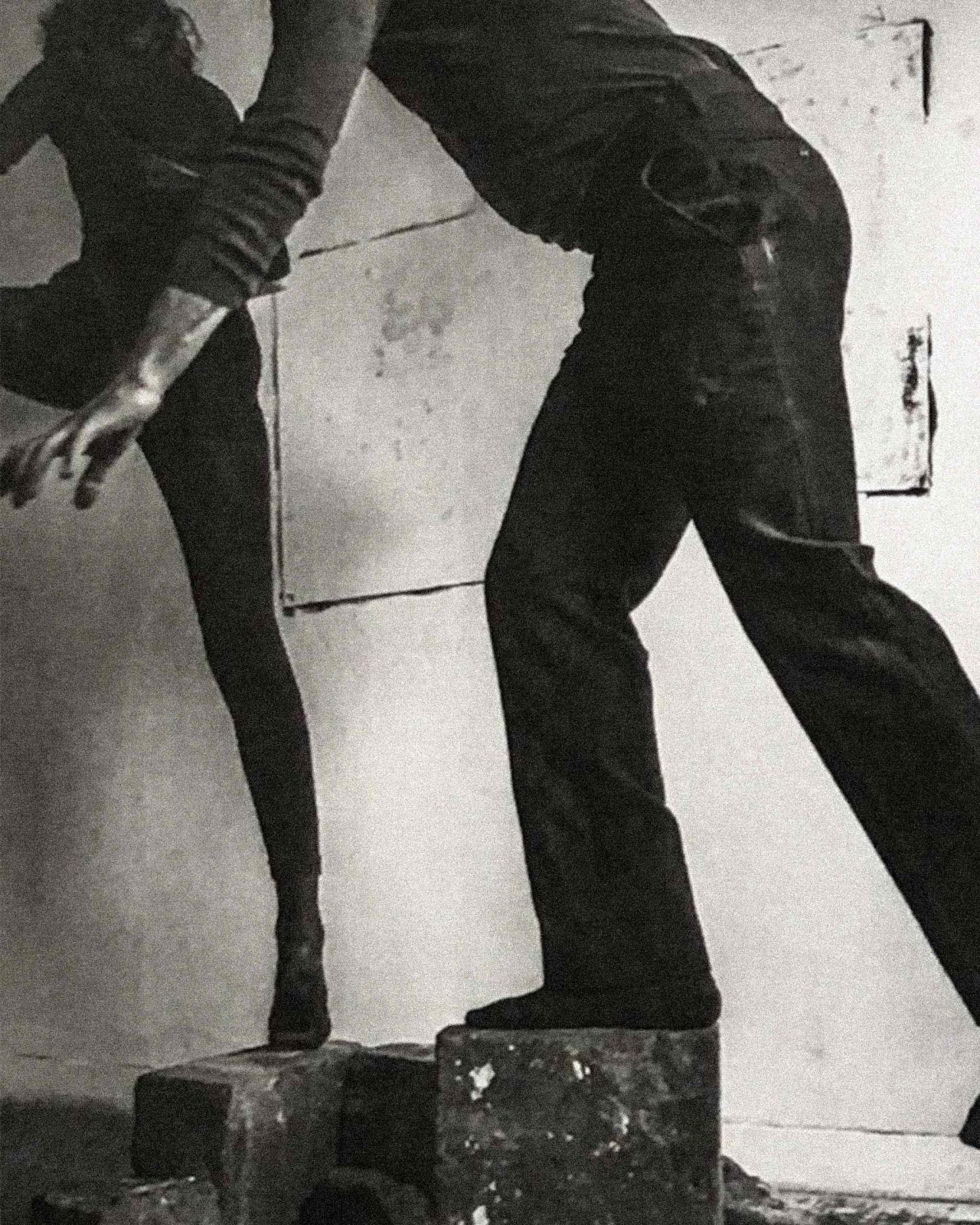
Ballad of the End: Zine, published by DITO Publishing, is an artist book connected to the larger Ballad of the End project. Presented within the Materia Nova exhibition, curated by Massimo Mininni, the zine investigates how material form, editorial design, and audience interaction can converge to create a mutable, performative object.
The dimensions of the zine are directly derived from the performance materials: its width corresponds to one-quarter of the tuff block used during the Ballad of the End performance. Photographs and texts function as modular “bricks,” allowing each copy to be rearranged or reinterpreted, emphasizing the variability inherent in both material and concept. Each edition becomes a unique construct, simultaneously recording the traces of the performance and extending its gestural logic into the realm of the book.
Loose sheets are intentionally left unbound to encourage interaction. The reader can move, reorder, or reorganize the pages, actively participating in the generation of meaning. In this way, engagement with the zine is not passive; it becomes a process of co-creation, highlighting the tension between human agency and the structural constraints of the object. Variability, contingency, and the potential for transformation emerge as central qualities of this encounter.
The work also challenges traditional notions of permanence and authorship. By connecting editorial decisions to the physicality of stone and the gestures of the performance, the zine blurs the line between static object, dynamic system, and participatory event. The interplay of material traces, modular components, and reader intervention transforms the book into a site of experimentation, where sequence and structure are never fixed but constantly renegotiated.
In practice, Ballad of the End: Zine operates as a living system. Each interaction produces new forms, new configurations, and new interpretations. Rather than a single, immutable artifact, it embodies an ongoing dialogue between materiality, human intervention, and conceptual structure. Through this approach, the zine positions itself as both document and extension of performance, a space in which construction, agency, and modularity intersect to produce continual, unpredictable variations.